The current version (the Attiny85 one is a bit more refined than my original, crude thrown together version. It's designed to send the IR code on power on/reset and then go in a very low power sleep mode until the reset push button switch is pressed again. An on-board push button switch or an external push button switch wired to the J3 pin header can be used. I added jumper J2 to allow the IR LED to be disconnected when uploading code to the Attiny85 to eliminate the risk of damaging the IR LED from being driven at too-high a duty cycle (it's perhaps a bit overkill. I also added an indicator LED to show when it's transmitting (surprisingly useful for debuting.) I chose a red LED for the indicator due to the relatively low forward voltage it needs.
On the parts list there are some different values listed vs what's shown on the KiCad schematic. This was due to me making some value adjustments after doing the schematic, and thus the values listed on the parts list are current. NOTE: The R2 and R4 values are based on the board being powered by 2xAA batteries. If you plan to use a higher voltage, the values may need to be increased.
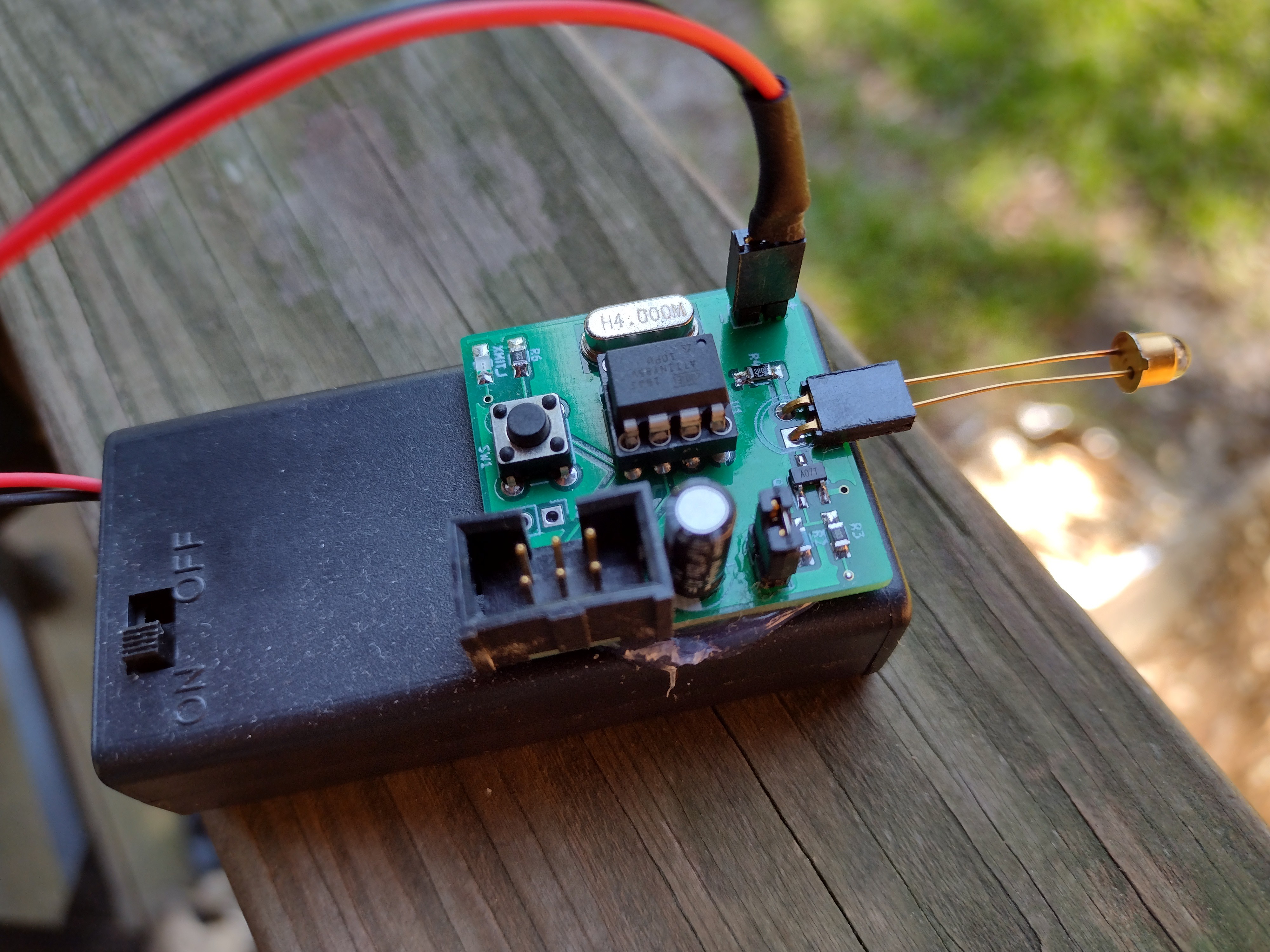
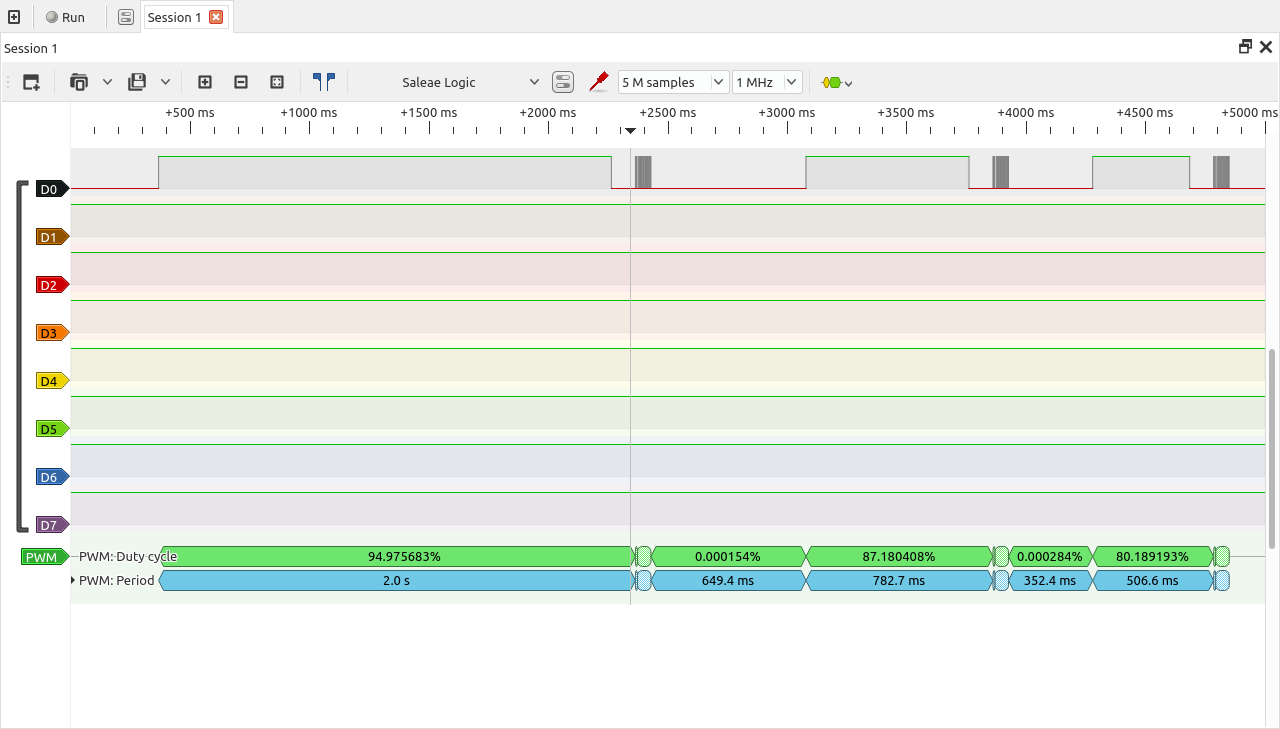

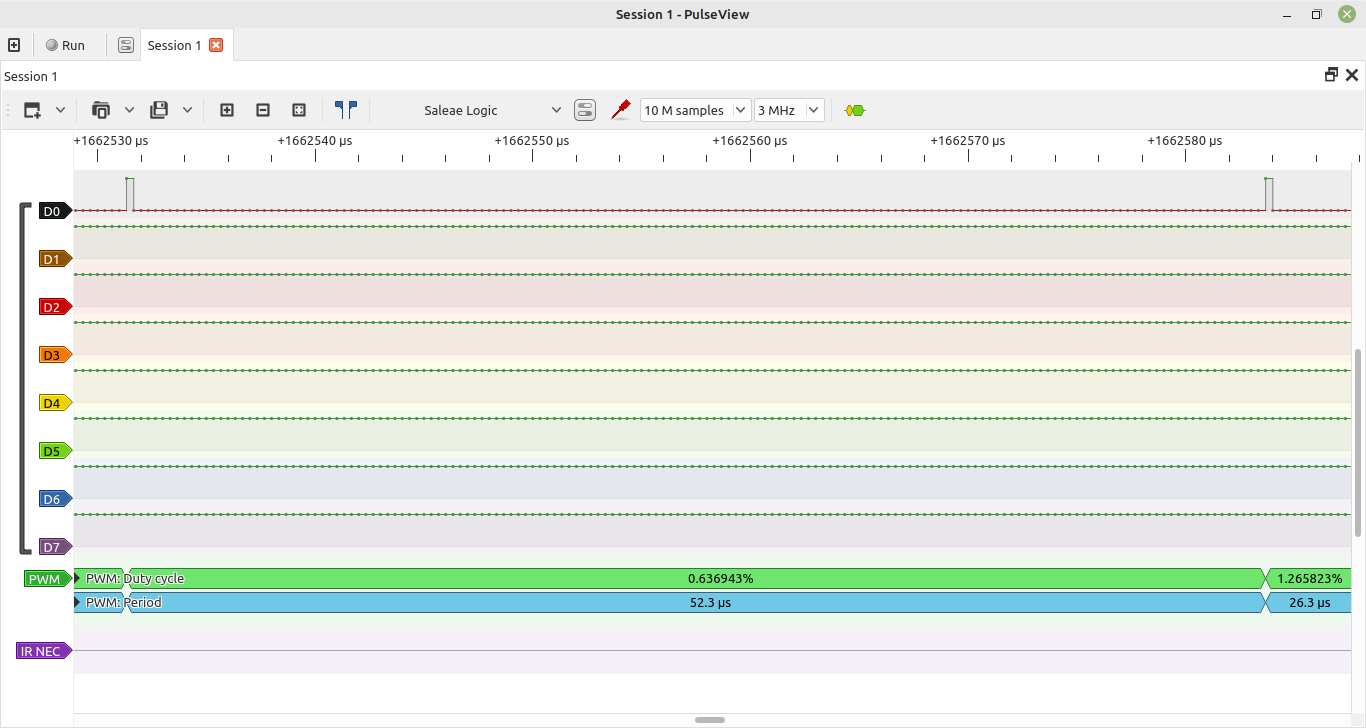

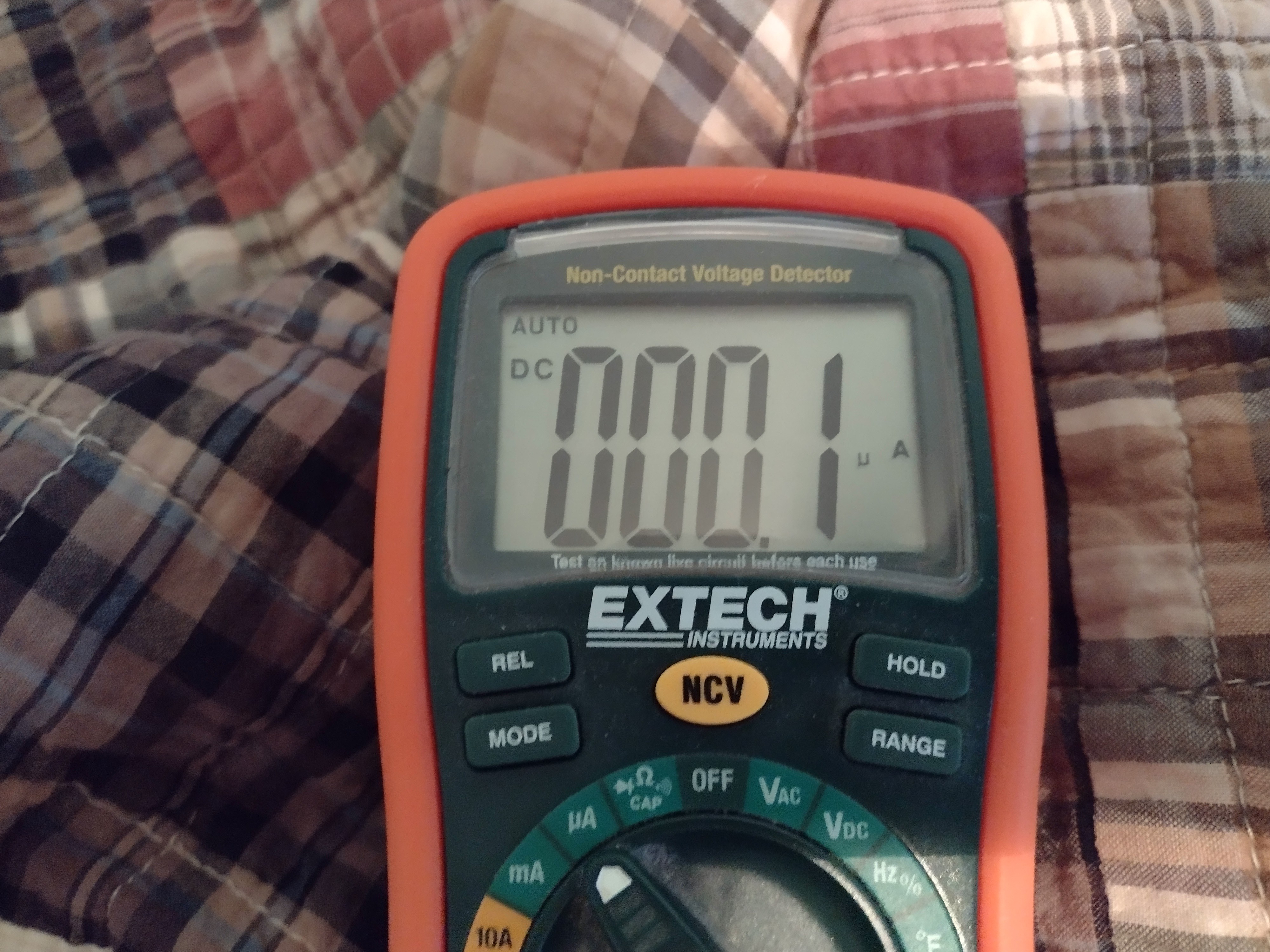



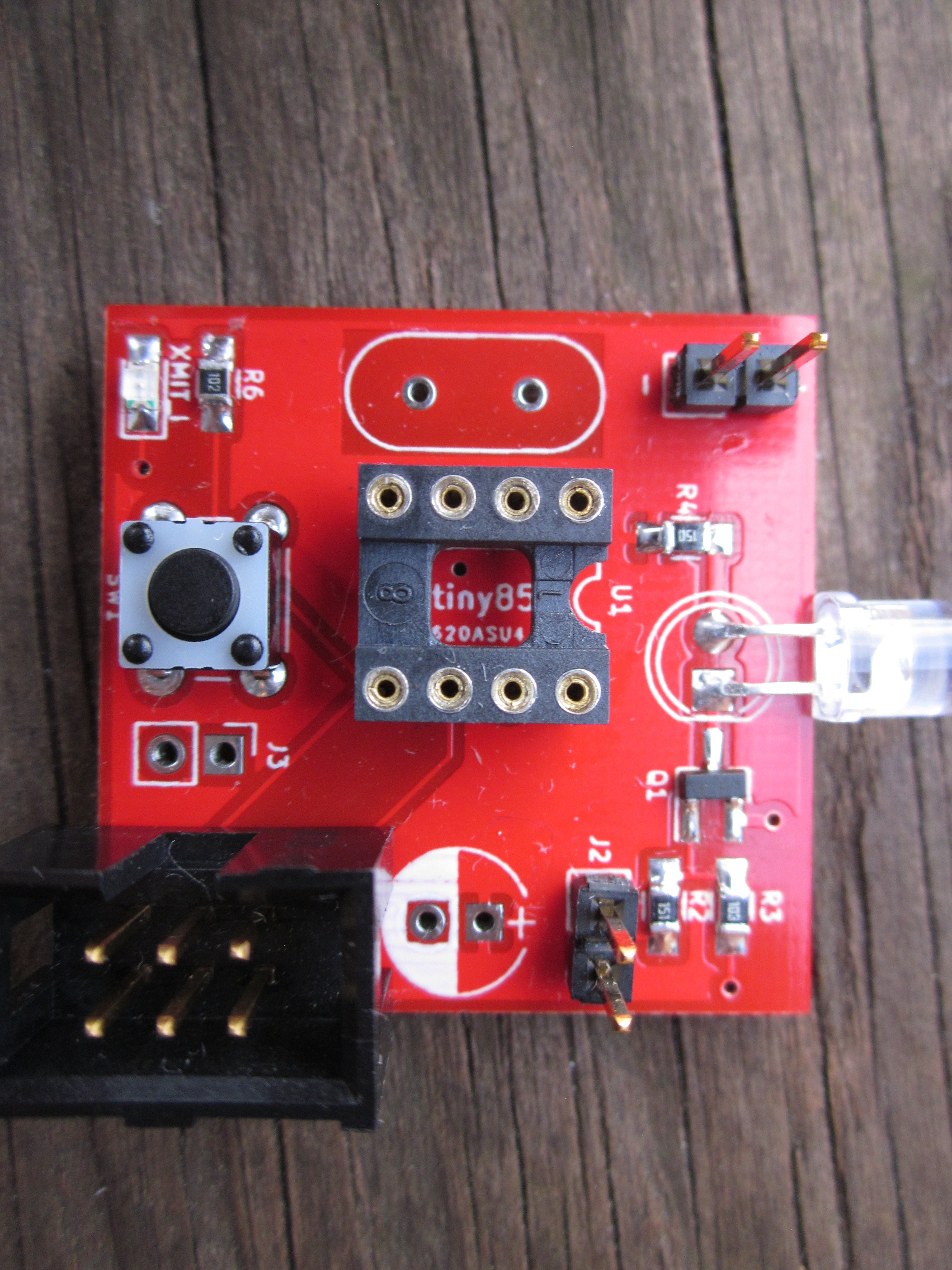

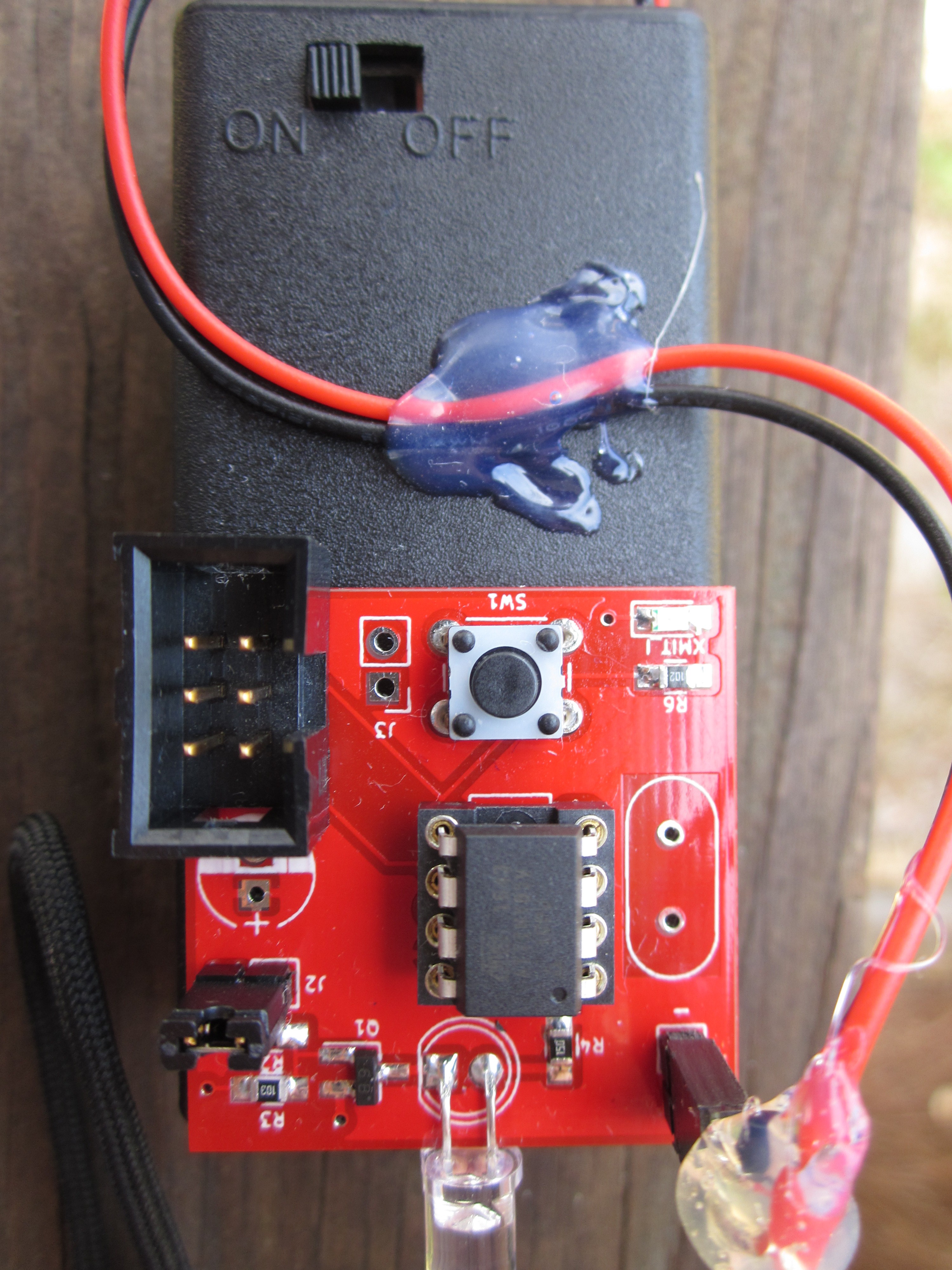


 Alan Green
Alan Green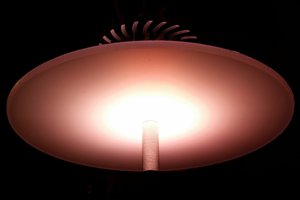
 Matthias Kampa
Matthias Kampa
 Pierre-Loup M.
Pierre-Loup M.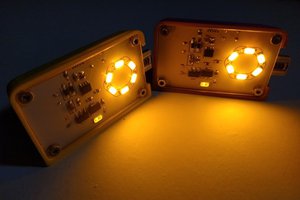
 Simon Merrett
Simon Merrett